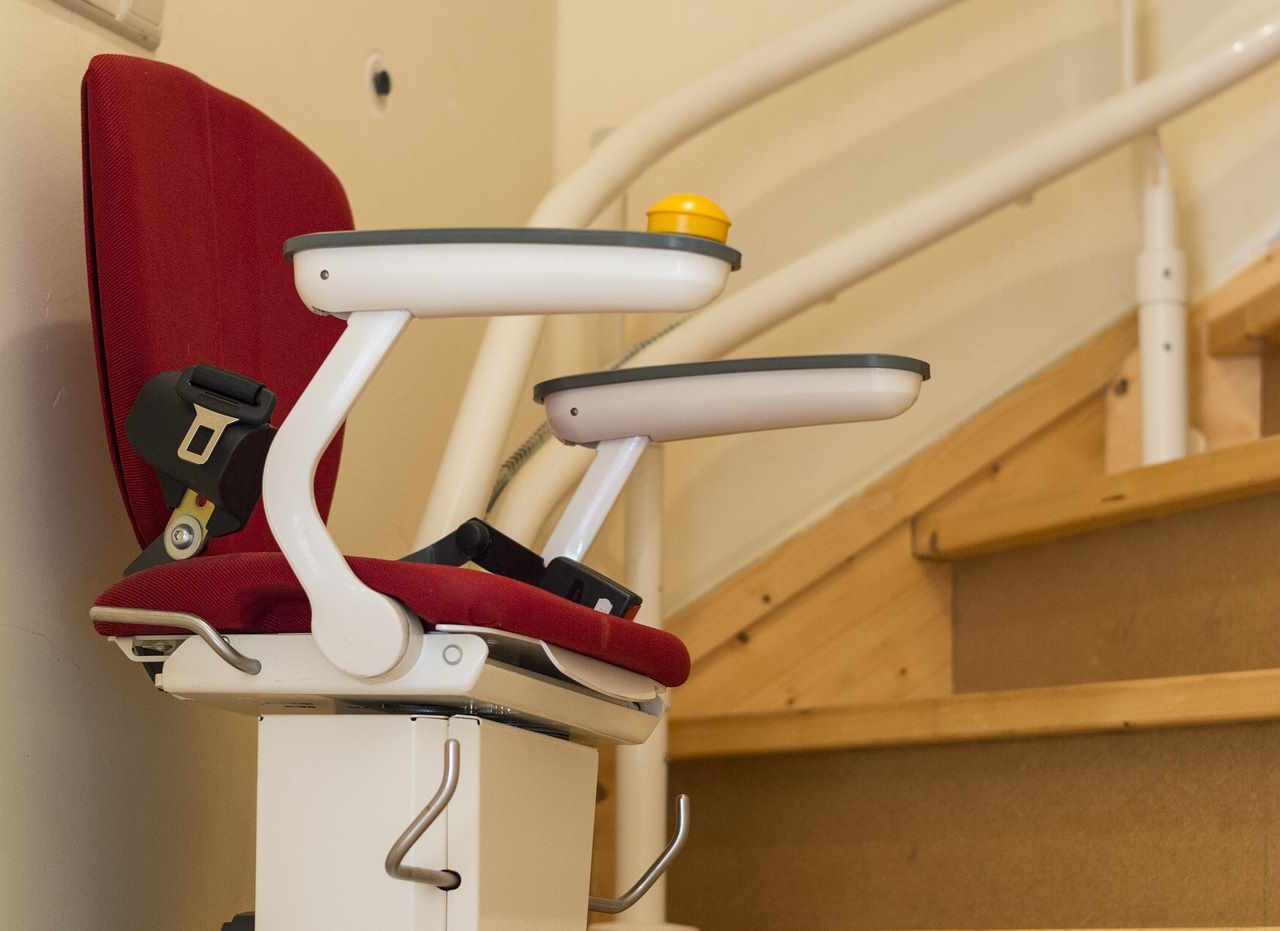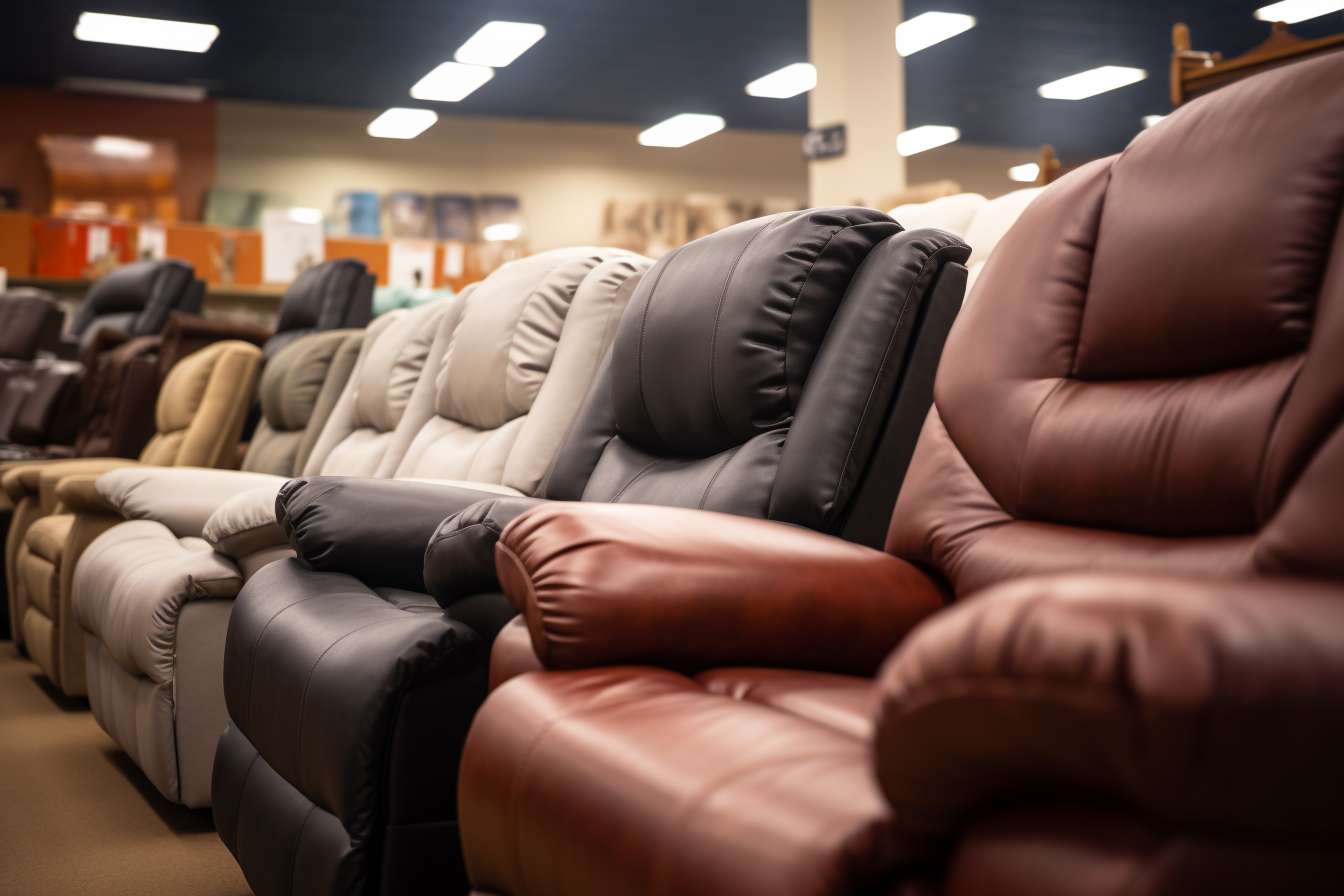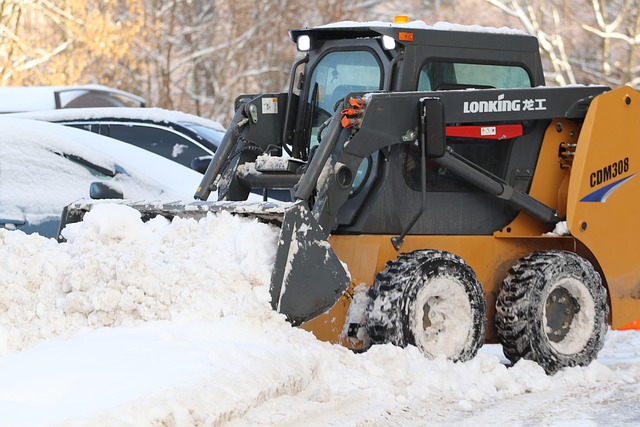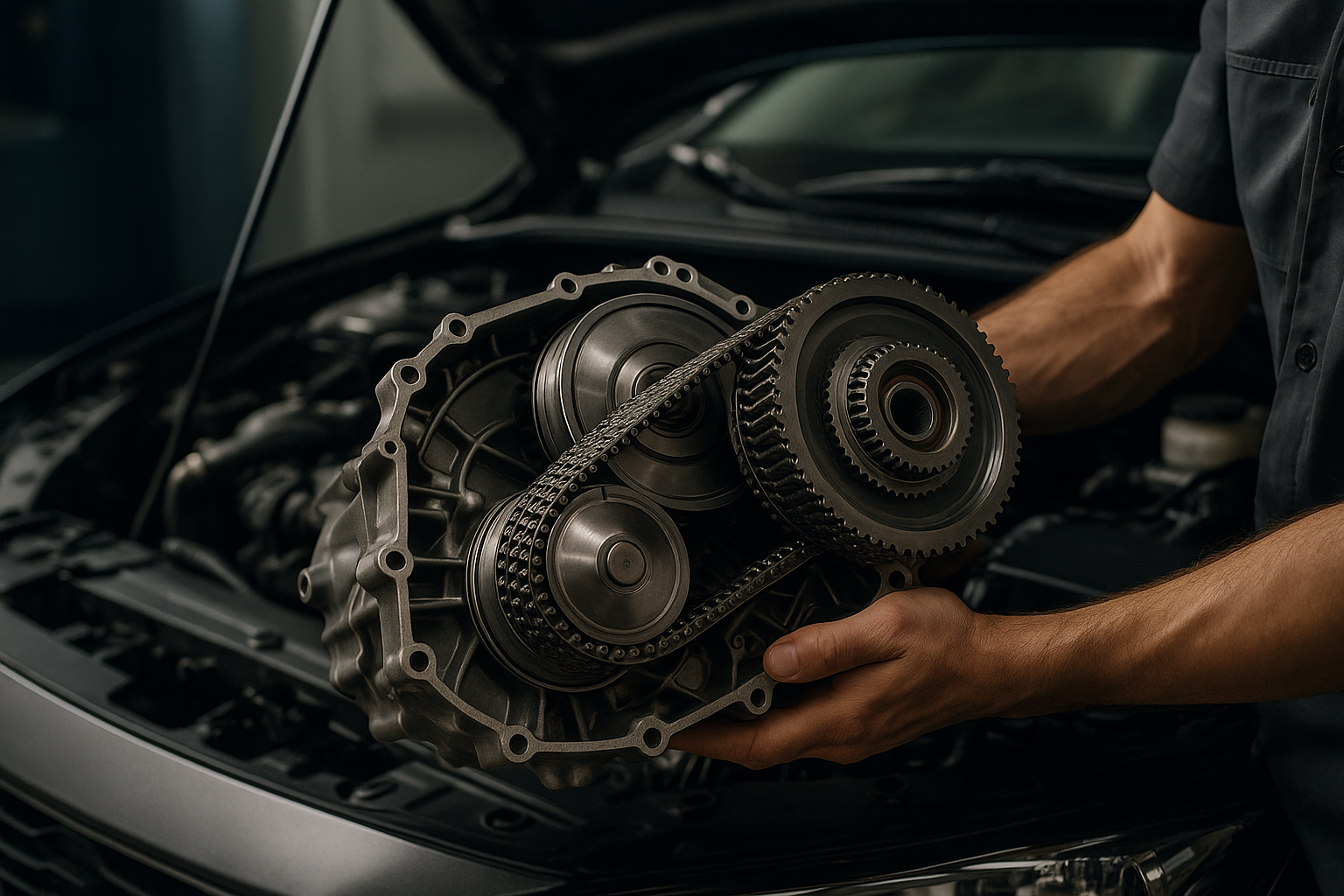2025 Guide to Home Stairlifts for Seniors and People with Disabilities
As mobility challenges become more prevalent with age or disability, home stairlifts offer a practical solution for maintaining independence and safety. This guide explores the key aspects of stairlifts, their benefits, and important considerations for those looking to enhance accessibility in their homes.

How do home stairlifts work?
Home stairlifts are motorized chair systems designed to transport individuals up and down staircases. They typically consist of a chair or seat attached to a rail system mounted along the staircase. The user sits on the chair, secures themselves with a seatbelt, and uses a control panel to operate the lift. Most modern stairlifts are powered by rechargeable batteries, ensuring functionality even during power outages.
What are the types of stairlifts available?
Stairlifts come in various configurations to accommodate different staircase designs:
-
Straight stairlifts: Ideal for straight staircases without turns or landings.
-
Curved stairlifts: Custom-designed for staircases with curves, corners, or multiple landings.
-
Outdoor stairlifts: Weather-resistant models for exterior stairs.
-
Standing stairlifts: For users who have difficulty sitting or prefer to stand.
-
Wheelchair platform lifts: Designed to accommodate wheelchairs directly.
How much does a stair lift typically cost?
The cost of a stairlift can vary significantly based on several factors, including the type of staircase, the model chosen, and installation requirements. Here’s a general breakdown of stairlift costs:
| Stairlift Type | Average Cost Range |
|---|---|
| Straight Stairlift | $2,500 - $5,000 |
| Curved Stairlift | $8,000 - $15,000 |
| Outdoor Stairlift | $4,000 - $8,000 |
| Standing Stairlift | $3,000 - $6,000 |
| Wheelchair Platform Lift | $10,000 - $20,000 |
Prices, rates, or cost estimates mentioned in this article are based on the latest available information but may change over time. Independent research is advised before making financial decisions.
It’s important to note that these costs typically include installation. Some providers may offer rental options or reconditioned units at lower prices. Additionally, maintenance costs and potential future repairs should be factored into the overall expense.
What precautions should be taken when using a stairlift?
Safety is paramount when using a stairlift. Here are essential precautions to consider:
-
Always use the seatbelt provided.
-
Ensure the stairlift is fully charged before use.
-
Keep the stairway clear of obstacles.
-
Follow weight limits specified by the manufacturer.
-
Regularly inspect and maintain the stairlift according to the manufacturer’s guidelines.
-
Ensure all users are properly trained in operating the stairlift.
-
Install a smoke detector near the stairlift as an additional safety measure.
-
Consider a stairlift with safety sensors that stop the lift if obstacles are detected.
How can you find the best stair lift for your home?
Selecting the right stairlift involves several considerations:
-
Assess your staircase: Measure the length, width, and any turns or landings.
-
Evaluate user needs: Consider weight capacity, mobility limitations, and ease of use.
-
Research brands and models: Look for reputable manufacturers with good customer reviews.
-
Get multiple quotes: Compare prices and services from different providers.
-
Check for certifications: Ensure the stairlift meets safety standards (e.g., ASME A18.1 in the United States).
-
Consider additional features: Look for options like folding seats, remote controls, or swivel seats.
-
Warranty and service: Understand the warranty terms and availability of local service technicians.
-
Try before you buy: If possible, test different models to find the most comfortable option.
What are the maintenance requirements for home stairlifts?
Regular maintenance is crucial for ensuring the longevity and safe operation of a stairlift:
-
Daily checks: Inspect the stairlift for any visible damage or obstructions.
-
Weekly cleaning: Wipe down the chair and rail to prevent dust accumulation.
-
Monthly testing: Run the stairlift through a full cycle to check for smooth operation.
-
Bi-annual professional service: Schedule a technician to perform a comprehensive inspection and maintenance.
-
Battery care: For battery-powered models, ensure proper charging and replace batteries as recommended.
-
Lubrication: Apply lubricant to moving parts as specified in the user manual.
-
Software updates: For digital models, ensure the operating system is up to date.
In conclusion, home stairlifts offer a valuable solution for maintaining independence and safety for seniors and individuals with disabilities. By understanding the types available, costs involved, safety precautions, selection process, and maintenance requirements, users can make informed decisions to enhance their home accessibility and quality of life.
This article is for informational purposes only and should not be considered medical advice. Please consult a qualified healthcare professional for personalized guidance and treatment.




